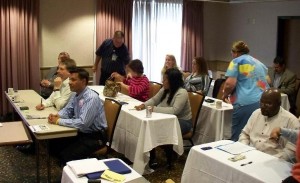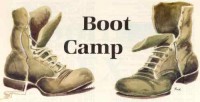 The much shortened version of my full 3-day Jump Team Boot Camp which was offerred for a July date has been cancelled due to not enough interested parties signing up.
The much shortened version of my full 3-day Jump Team Boot Camp which was offerred for a July date has been cancelled due to not enough interested parties signing up.
This was to include such sections as site survey before structures are erected, sheltering and how/where to properly put them up, station operating posts, antenna building and erection, power generation, food support/dining areas, message handling, troubleshooting your station, propagation, water purification, basic survival techniques, creating a complete EmComm cache of gear to have on the ready, etc.
All participants would have been exposed to every phase so they would have been able to “do it all” from scratch in case of an emergency, with session taught by a team of experienced communicators and also survival experts from the military.
Note: My full 3-day boot-camp is still being held in late October. We will go through the same steps needed to set up and run a complete emergency communications complex at a location where nothing would be standing and included will be a comprehensive book/guide enabling people to start their own emergency communications jump team in their area.
Bob W2IK


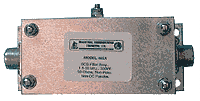 2. When operating within a tight area, as required by FD rules, it also pays to use “band pass filters” such as those
2. When operating within a tight area, as required by FD rules, it also pays to use “band pass filters” such as those 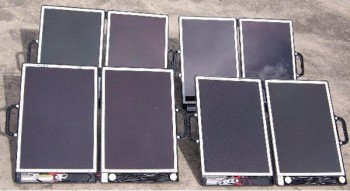
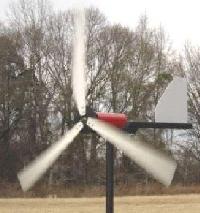
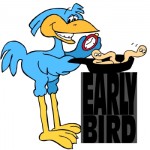 What the VE forgot to tell you, and the FCC didn’t print on your ham license…
What the VE forgot to tell you, and the FCC didn’t print on your ham license…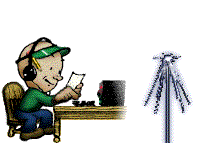 I was doing some call sign lookups of our newer hams today (04/05/2009), and found these 4 pages on the web, with a list of 3,004 licensed hams in San Antonio, TX. (Note – turns out some of the hams on the list have expired licenses, so the actual number of “active” hams is a few hundred less than 3k. – Lee)
I was doing some call sign lookups of our newer hams today (04/05/2009), and found these 4 pages on the web, with a list of 3,004 licensed hams in San Antonio, TX. (Note – turns out some of the hams on the list have expired licenses, so the actual number of “active” hams is a few hundred less than 3k. – Lee)